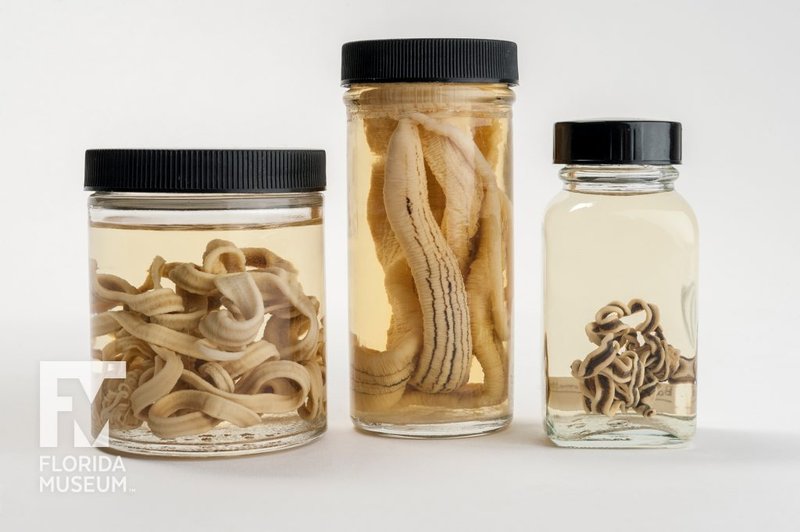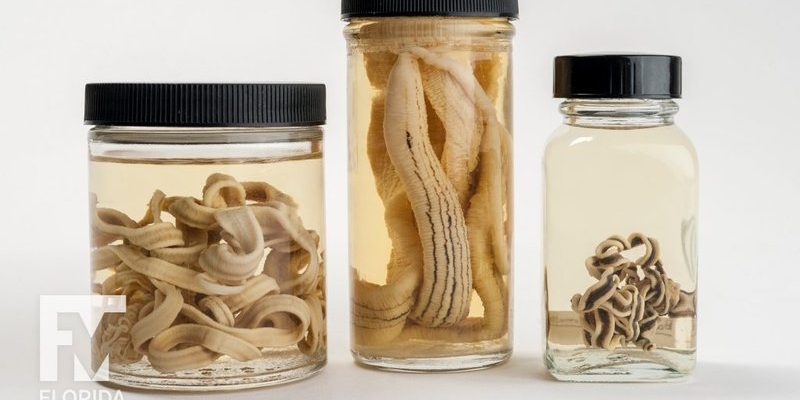
In the Pacific Northwest, a variety of these ribbon worm species make their home. They inhabit everything from sandy beaches to tidal pools and are often found hiding among rocks and debris. Let’s dive into the world of ribbon worms, explore their unique traits, and understand why they’re important to our coastal ecosystems.
What Are Ribbon Worms?
So, what exactly are ribbon worms? Scientifically known as *Nemertea*, ribbon worms are part of a lesser-known phylum of invertebrates. They have a long, slender body, which can range from just a few centimeters to over a meter in length. When you look at them, you’ll notice how they can be brightly colored—sometimes red, yellow, or green—which makes them stand out against the dull browns and grays of their surroundings.
These worms are unique in several ways. One of the most notable features is their ability to extend their bodies rapidly, allowing them to capture prey or escape predators. They have a specialized structure called a proboscis, which helps them hunt. Imagine a straw that can shoot out to snatch up a snack! This efficient hunting mechanism is one reason ribbon worms are successful predators in their environments.
Interestingly, ribbon worms aren’t just found in the Pacific Northwest. They can inhabit various aquatic environments around the world, from freshwater streams to deep-sea habitats. Their adaptability speaks to their evolutionary success and ecological importance.
Common Species Found in the Pacific Northwest
In the Pacific Northwest, you’ll find several ribbon worm species, each with its own unique characteristics. Here are a few that stand out:
- Lineus longissimus: This species is known for its impressive length, sometimes reaching over a meter. It’s usually found in deeper waters and is easily recognized by its long, smooth appearance.
- Emplectonema gracile: A smaller species, it typically hides in shallow tidal pools among rocks and seaweed. Its vibrant colors make it an eye-catching find.
- Protoplanaria: Often seen in brackish waters, this species is less commonly encountered but is fascinating for its unique feeding habits and adaptability.
Each of these species plays a crucial role in their respective ecosystems, helping to regulate populations of smaller marine organisms. For instance, by preying on crustaceans or other small invertebrates, they help maintain a healthy balance in the food web.
Habitat and Distribution
You might be wondering where exactly you can find these ribbon worms in the Pacific Northwest. They primarily thrive in coastal areas, often near tidal zones where they can burrow into sand or hide under rocks. The Pacific coastline offers a variety of habitats, from rocky shores to estuaries, making it an ideal home for ribbon worms.
The ocean currents also play a significant role in their distribution. Ocean currents can carry ribbon worms to new locations, allowing them to settle in different environments. This mobility can help maintain genetic diversity within species, making them more resilient to changing conditions.
Honestly, exploring tide pools during low tide is one of the best ways to spot these creatures. You never know what you might find among the barnacles and sea stars. Just remember to be gentle and respectful of their habitat.
Life Cycle and Reproduction
The life cycle of ribbon worms is just as interesting as their physical characteristics. They can reproduce in several ways—most commonly through sexual reproduction, but some species can also reproduce asexually! Let me explain how this works.
In sexual reproduction, males and females release sperm and eggs into the water, where fertilization occurs. From there, the larvae will float in the ocean for a period before settling down to grow into adult worms. Asexual reproduction, on the other hand, happens when a worm can simply split itself into two or more pieces, each piece then regenerating into a new individual. It’s like a magic trick but with worms!
This ability to reproduce in different ways gives ribbon worms an advantage in their environments. They can quickly increase their populations when conditions are right, which is crucial for survival.
Ecological Importance
You might be surprised to learn just how important ribbon worms are to their ecosystems. These creatures serve multiple roles, acting as both predator and prey. As predators, they help control the populations of smaller invertebrates, which can help prevent overpopulation of those species. This balance is vital for maintaining the health of marine ecosystems.
Additionally, ribbon worms are a food source for a variety of larger animals. Birds, fish, and other marine creatures consider them a tasty treat. Their presence in the food web helps support a diverse range of wildlife. When you think about it, these wriggly little guys are a fundamental piece of the larger puzzle that is ocean life.
Moreover, ribbon worms contribute to nutrient cycling. As they consume organic matter and other small animals, they help break down materials, returning nutrients back into the ecosystem. This process supports the growth of plants and smaller marine organisms, creating a rich habitat for various species.
How to Spot Ribbon Worms
Now that you know a bit about ribbon worms, you may want to look for them yourself. Here are some tips on how to spot these elusive creatures:
- Search during low tide: Tidal pools and rocky beaches are prime spots for finding ribbon worms. Hit the beach at low tide and take your time exploring.
- Look under rocks and seaweed: Ribbon worms often hide among rocks or beneath seaweed. Gently lift these objects to see if anything is hiding underneath.
- Watch for movement: If you see a squiggly movement in the water or sand, it might be a ribbon worm. Keep an eye out, as they can blend in quite well.
When searching for ribbon worms, remember to be respectful of their habitat. Try not to disturb the environment too much, and always leave it as you found it. After all, we want these fascinating creatures to thrive for generations to come!
Ribbon worms might not be the most well-known marine creatures, but they play an essential role in the ecosystems of the Pacific Northwest. With their unique hunting abilities, intriguing life cycles, and vital ecological contributions, these worms are truly fascinating.
So next time you’re at the beach, take a moment to appreciate the hidden life beneath the waves. You never know what you might discover! Whether it’s a brightly colored ribbon worm or another marine marvel, the Pacific Northwest is full of surprises waiting to be explored. Happy beachcombing!

